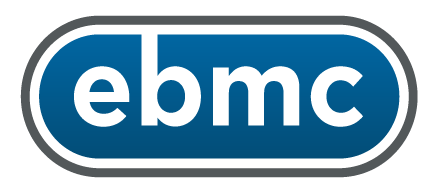Can I do a month to month lease?
A 12-month lease agreement is standard. unless otherwise stated.
What is a month-to-month lease?
A month-to-month lease is an agreement between a landlord and a tenant that establishes occupancy without a specific end date. Each month, the lease automatically renews until either the landlord or tenant gives proper notice to end the contract. Both the landlord and the tenant have the right to terminate the lease for any reason and without penalty, as long as notice has been given. Depending upon the state and the lease terms, this may mean notification 30, 60, or 90 days in advance.
Month-to-month leases don’t have to be short-term. If you and your landlord have a good relationship, a month-to-month lease can last for years. On the other hand, month-to-month leases give the landlord just as much power as the tenant, which means you may be forced to leave even when you aren’t ready. That’s why it’s important to understand the types of circumstances that would make you best suited for a month-to-month lease.
Why would you want a month-to-month lease?
While some people prefer the reliability of a fixed-term lease, a month-to-month lease is ideal for those who need or want flexibility. Whether you need to move to a different city on short notice or seek a new job, the ability to leave your residence without penalty is beneficial. If you just prefer to see where the wind takes you, this type of lease works best for that mindset, too. The freedom of a month-to-month lease also allows you to explore other neighborhoods or search for the perfect apartment until it’s found.
Additionally, you may want to transition to a month-to-month lease once your long-term lease has ended. Many landlords are open to this if you have been a good tenant. This lease transition would allow you to stay in your current home without having to make another year-long commitment.
What are the pros and cons of a month-to-month lease?
Depending on your personality and current circumstances, the features of a month-to-month lease may be more or less appealing. Here are the main pros and cons.
Advantages
Flexibility. A month-to-month lease comes with the liberty to move whenever you might need or want to do so. Living without the restraints of a fixed-term lease makes it a lot easier to apply for new jobs, switch neighborhoods, and travel at a moment’s notice. And as long as you and your landlord get along, you can also stay as long as you please.
No penalties. Whenever it is that you want to leave, there will be none of the penalties or fees that come from breaking a lease.
Disadvantages
More expensive. The cost of rent for a month-to-month property may be more than that of a similar rental property with a fixed-term lease. This is because the landlord is taking on the risk that the apartment will quickly become vacant.
Terms can always change. With a month-to-month lease, the landlord has the right to change the terms of the agreement at will, which means rent increases are possible and likely. Other terms can change, too, like access to amenities and the price of utilities.
The landlord can terminate the lease. While flexibility can be valuable for the tenant, the landlord has this same flexibility. You may be told you need to move out in just 30 days, which can be stressful, unsettling, and challenging.
Bottom line:
If your plans for the future are uncertain or you know you only need housing for a short time, a month-to-month lease gives you all the freedom you need. Those looking for a dependable home should opt for a fixed-term lease.


